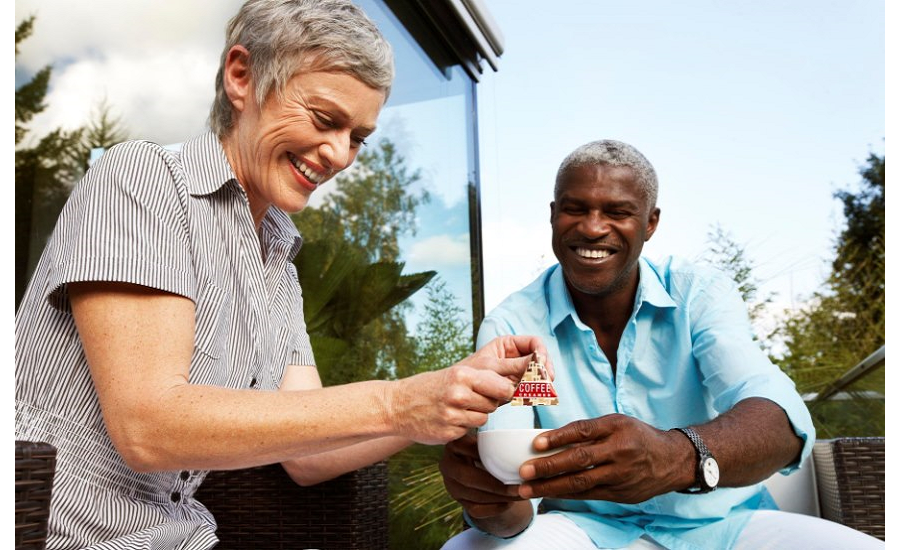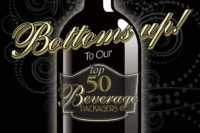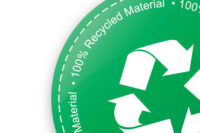Minding our elders

Brands have not actively marketed to seniors for decades. Read on to see how inclusive design could help marketers recapture the attention of this fast-growing demographic.
Despite the marketing buzz about millennials and Generation X, neither group has the numbers nor the purchasing power of seniors, sometimes called the baby boomers and generally defined to be a person age 65 and over. According to the Pew Research Center (pewglobal.org), between 2010 and 2050, the percentage of seniors is expected to grow in proportion to other generational groups.
And with that comes some unquestionable financial power. By 2020, seniors will have a global purchasing power of $15 trillion, according to Euromonitor/AT Kearney (theconsumergoodsforum.com).
For food and beverage manufacturers, the senior consumer demographic offers an often overlooked opportunity.
It might surprise you that the Euromonitor report found that seniors spend 20% of their income on food and beverages, compared to an average of 18% for younger people. Yet a Nielsen study (nielsen.com) found that advertisers often overlook seniors. Another survey showed that 58% of brands only “sometimes” consider seniors when designing packages.
Regaining the attention of seniors requires knowing who they are and re-examining products and packaging to suit their needs. In a recent Tetra Pak study (tetrapak.com), seniors were found to be a health, family and socially focused demographic:
- They ranked better than younger generations at ensuring they have regular medical checkups and feel a greater need to maintain a healthy weight. Highlighting senior-specific health benefits on a label is something food and beverage companies can consider.
- More than half exercise or engage in hobbies to keep physically and mentally fit and meet new people. Brands who already make on-the-go options may want to test whether their products are easy to open and hold by those with decreased hand and wrist strength.
- Ninety-seven percent of seniors think of family as a source of happiness in their lives, and consider honesty, protecting the family and stable personal relationships as their top three personal values. Authentically projecting shared values is another idea for brands to think about in attracting seniors’ attention.
Having larger type to call attention to features and benefits, designing packages that are easier to open and sharing a sense of authenticity can appeal to everyone, so this information is translatable to most products.
Making packaging resonate with seniors
Smart packaging designed with seniors in mind is one way to encourage seniors to put food and beverage products in their shopping carts. Three key elements of senior-friendly packaging include easy to open caps and closures; simple and lightweight containers; and clear labeling.
Packages that can be opened by those with limited wrist strength will be popular with seniors. Screw caps with a striated ridge offer a more secure, comfortable grip while taller caps can help prevent slipping from a senior’s hands. Focusing on seniors’ unique physical needs is important as they lose about three percent of their lean body mass, mostly muscle, each decade. This gradual weakening, known as sacropenia, can be hard to detect so it is important to test across the senior spectrum to ensure that packages can be opened by those with varying abilities.
Seniors can hold packages better if they have round cross-sections, and are firm and lightweight. Bigger isn’t always better, especially in an era of consumers demanding more variety and grab and go items. Packages certified by the Swedish Rheumatism Association (SRA) are good examples as they have been tested and verified for ease of use and lightweight design.
In the case of dairy brands, for example, there may be an opportunity to appeal to seniors through inclusive packaging. Based on our research, most seniors drink more milk than younger adults, suggesting older consumers have an interest in healthy, natural and locally produced food. Offering fortified and easily digestible milks are one way to appeal to seniors, as is using milk as the base beverage for delivering meal replacement and protein.
Clear labeling with bigger words, brighter colors and prominently displayed nutritional information and expiration dates will definitely catch seniors’ eyes. To boot, an easy-to-read label helps companies win across generations, given that it’s most brands’ hardest working message.
Regardless of age, no one enjoys scrutinizing a label for key information, holding a heavy, awkwardly shaped package or struggling to open it. Beginning an inclusive design journey by making a few strategic changes gives companies a chance to win the hearts and dollars of grandparents and their grandchildren alike.
Looking for a reprint of this article?
From high-res PDFs to custom plaques, order your copy today!





